HIGHLIGHTS
- Omni-channel consists of 3 main elements: Omni-channel sales, Multi-point marketing and Centralized management.
- Omni-channel will help the company increase sales without investing a lot of money in traditional channels like stores.
- This also helps companies increase interaction with customers to understand their consumer portrait and behavior.
- The Omni-channel shopping experience is an important factor for competition in the market and helps bring sustainable growth to this industry.
- With Omni-channel, retailers can reach out to their customers in a more direct and personalized way, thereby helping businesses create lasting engagement with customers and sell more effectively.
FULL ARTICLE
How attractive is omni-channel?
Omni-channel is a multi-channel approach to marketing, selling, and serving customers in a way that creates integrated experiences, no matter where the customer is, when, and what channel they use. Omni-channel consists of 3 main elements: Omni-channel sales, Multi-point marketing and Centralized management.
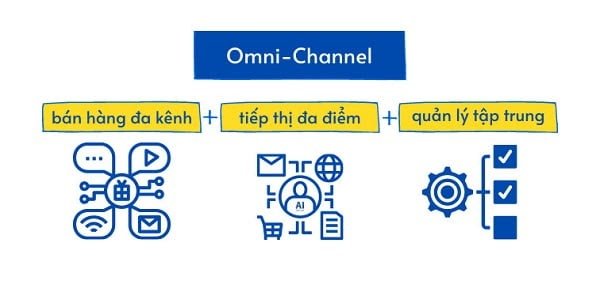
Omni-channel sales
When it comes to Omni-channel, the first thing customers remember is Omni-channel sales. That means your products are being sold on many different platforms and have the ability to reach large customers.
With the development of 4.0 technology, businesses have more and more channels to choose, from traditional channels such as stores, agencies to digital channels like website, social, mobile, etc. aims to choose the most effective sales channel and optimize the customer experience.
Multi-point marketing
Multi-point marketing (or Omni Channel Marketing) is an integrated communication method that uses different media platforms to communicate with customers. First of all, businesses need to learn about customers’ preferences and habits; know where your potential touch points are by identifying and analyzing your target customers.
According to a survey by Sapo.vn, the top 5 most used marketing channels are Facebook (87%), in-store marketing (70%), online marketing via Email Marketing, Blog, YouTube (51%), SEO (43%) and Google Adwords (38%).

However, the image of the business appearing on many channels is not enough, they need to create a connection between the channels to ensure the user experience. For example, a customer adds to her cart a dress on the store’s website but has not yet paid for it. Then she went to Facebook and saw that the store was running ads for the product she wanted to buy. This will recall her memory and desire to buy, and also evoke the trust and empathy of customers in the business.
Centralized management
Usually, a store has hundreds of products with their own prices, information, images, and status, so when implementing marketing on many channels, it can lead to a lack of synchronization and be difficult to manage. Therefore, businesses will have to use 3rd party services that are Omni-channel sales management systems or software.
Centralized database management is a good measure in Omni-channel because it helps businesses control sales activities on multiple channels, creating unity in the production, marketing process and distribution.
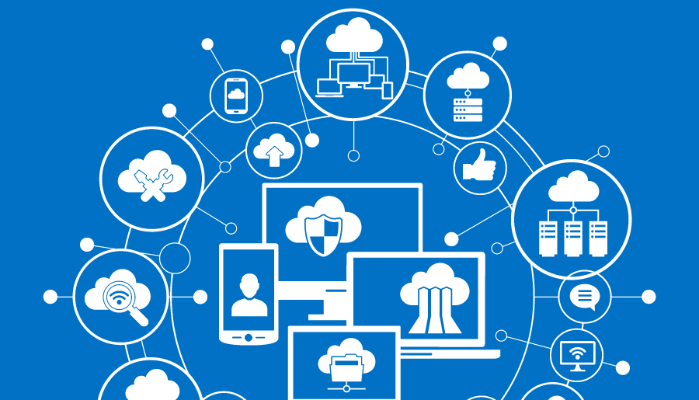
The attraction of Omni-channel for businesses
When a business expands its sales and marketing channels, especially digital technology channels, they will reach more customers. This will help the company increase sales without investing a lot of money in traditional channels like stores. So, if applied correctly, Omni-channel can help businesses increase revenue many times over.
Specifically, Starbucks is a leader in Omni-channel experiences thanks to its rewards card program. Accordingly, each customer will receive a free rewards card, which can be used at any time. Starbucks allows checking, reloading and updating cards via mobile, website, in-store and app. Any changes to tags or profiles will be updated real-time on all channels. According to Annexcloud.com, thanks to the satisfaction connection, this program can boost the rate of return customers up to 54% and they are willing to spend over 46% to buy products and services when they become a loyal customer.

In addition, Omni-channel also helps companies increase interaction with customers to understand their consumer portrait and behavior. Since then, managers can uncover unrevealed needs to improve products, services, and marketing.
Sephora, a famous French beauty brand, has created an omni-channel experience to connect customers’ online purchases. In addition to attending free beauty and makeup workshops, customers can also use an in-store tablet to access their “Beauty Bag” account while shopping. Sephora realized that by integrating the “Beauty Bag” feature with the in-store communication channel, they could make it easier for customers to choose and experience products. As a result, since 2016, Sephora has more than doubled its online sales to 13% of the total market share of the online beauty retail industry.
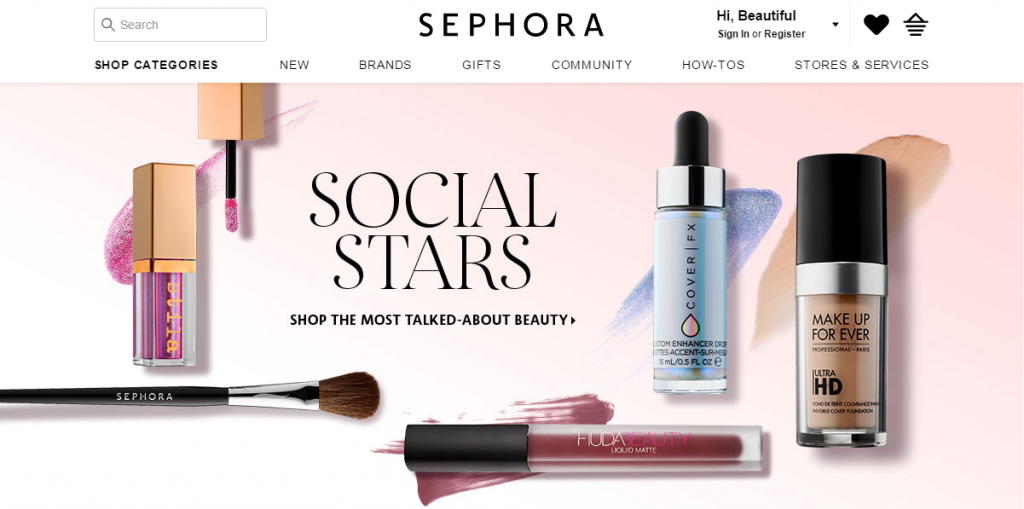
Omni-channel in the retail industry
In recent years, with a large level of investment attraction and rapid growth, Vietnam has become one of the most attractive retail markets in the world. According to the Ministry of Industry and Trade, Vietnam is ranked 3rd in the ASEAN region (after Indonesia and Thailand) in terms of retail and e-commerce scale. Specifically, the retail market has a high growth rate with the proportion of GDP increasing from 55.24% in 2011 to 78.88% in 2020; contributing to economic restructuring with the distribution rate of Vietnamese goods through the retail distribution system is always over 80%.
Solutions for Growth and Sustainability of the Retail Industry
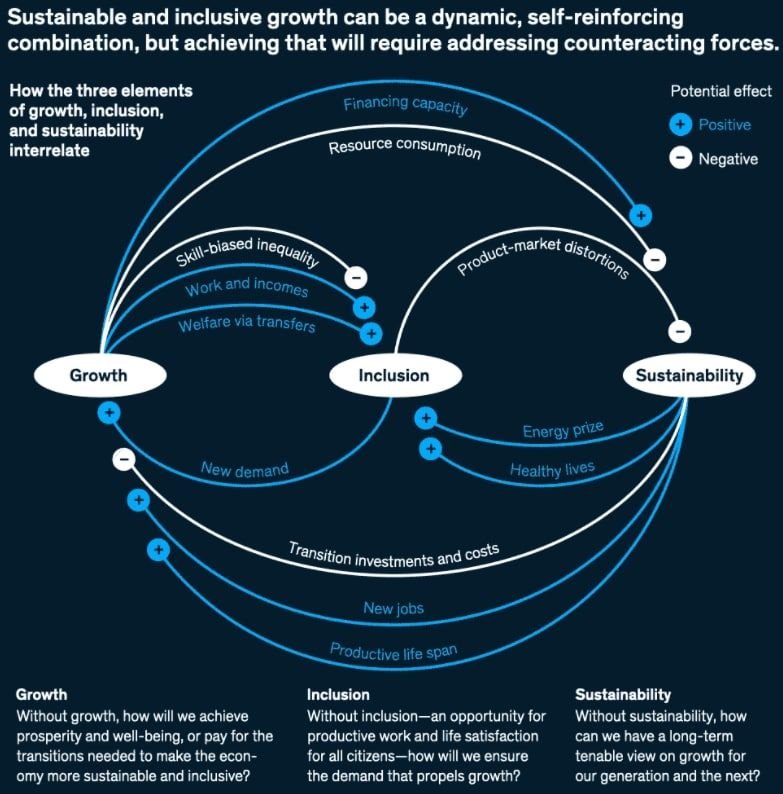
The Omni-channel shopping experience is no longer a completely foreign concept to the retail industry. This is an important factor for competition in the market and helps bring sustainable growth to this industry.
Retail customers are increasingly “rejuvenating“, everyone buys a smart device and starts shopping online. In particular, with Gen Z consumers, they are often not too bothered about the boundaries between shopping channels and tend to evaluate brands and retailers based on the cross-cutting activities they experience from offline to online.
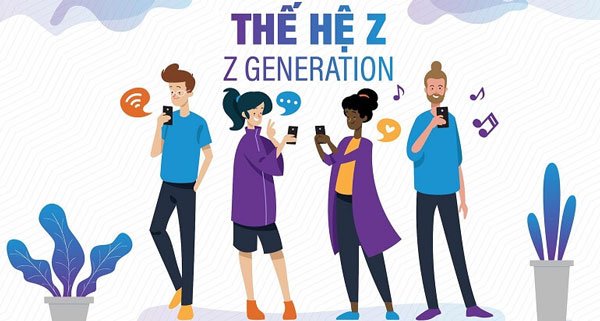
An excellent Omni-channel experience requires a strong focus on creating lasting value. Leaders must scrutinize strategic and customer priorities to determine the direction for the business from an omnichannel perspective and understand how to achieve clear goals. By applying these principles to retail strategy, leaders can use momentum and urgency to decisive advantage.
How to choose the right multi-channel strategy?
According to a share on Brands Vietnam, “The guide that retailers can lead is based on business strategy and customer goals, thereby setting the right omnichannel strategy.”
“Fashion retail is a place where customers make shopping decisions with emotions and experiences. Therefore, one of the most important things in converting offline to online is to use the advantage of fast – compact in terms of real time and electronic form to maintain emotions and enhance customer experience. Personalized communication tools about content will be the basic element to bring customers to experience the online shopping space,” said Ms. Ngoc Linh, CEO IVY moda.

Accordingly, a personalization model based on data and positive emotions will attract strategic customers of the business and create lasting relationships, bringing distinct benefits to businesses in the future. future.
Finding the omnichannel version of this model to adopt requires retailers to have foresight, reflect on the business mission, and define the experience to set themselves apart from the competition. Many retailers want to provide personalized experiences, but personalization won’t work well for brands that don’t capture customer data. Therefore, retailers need to know how to grasp, research and build a solid foundation of customer databases to be able to successfully apply the Omni-channel model in the process of generating profits.
Distinguish Omni-channel and Multi-channel

Omni-channel or Multi-channel is considered to be the most effective and interactive options for customers in the field of online retail, selling on social networks, ‘digital markets’ and even physical stores. physical. Although these two forms are applied by businesses as sales plans on multiple channels, there are still differences between them. All sales experiences through many different channels (Multi) can be considered as a form of omnichannel selling (Omni). However, the opposite is not necessarily true.
Multi-channel is defined as using multiple channels, but these channels have separate ways of operating and serving customers. It can be said that Multi-channel works towards the same product, but is based on its own operating processes and customer care services.

Typical of businesses using the Multi-channel model can be mentioned Leesa, an American brand of memory foam & mixed mattress. They use 3 main channels: website, e-commerce page and Facebook to sell their products. Specifically, they use websites with friendly messages to collect customer information and use email for marketing. In addition, to fill the gap of the website, Leesa uses e-commerce sites like Amazon to increase credibility and Facebook page to reach more customers.

However, the inadequacy of Multi-channel lies in the lack of linkage between the company’s channels. In contrast, Omni-channel is fully integrated to provide a seamless customer experience. Accordingly, this distribution channel allows customers not only to quickly switch between channels, but also to use multiple channels at the same time.
With Omni-channel, retailers can reach out to their customers in a more direct and personalized way, thereby helping businesses create lasting engagement with customers and sell more effectively. That is also the reason why businesses tend to set up Omni sales channels instead of Multi.
Thanh Thao












